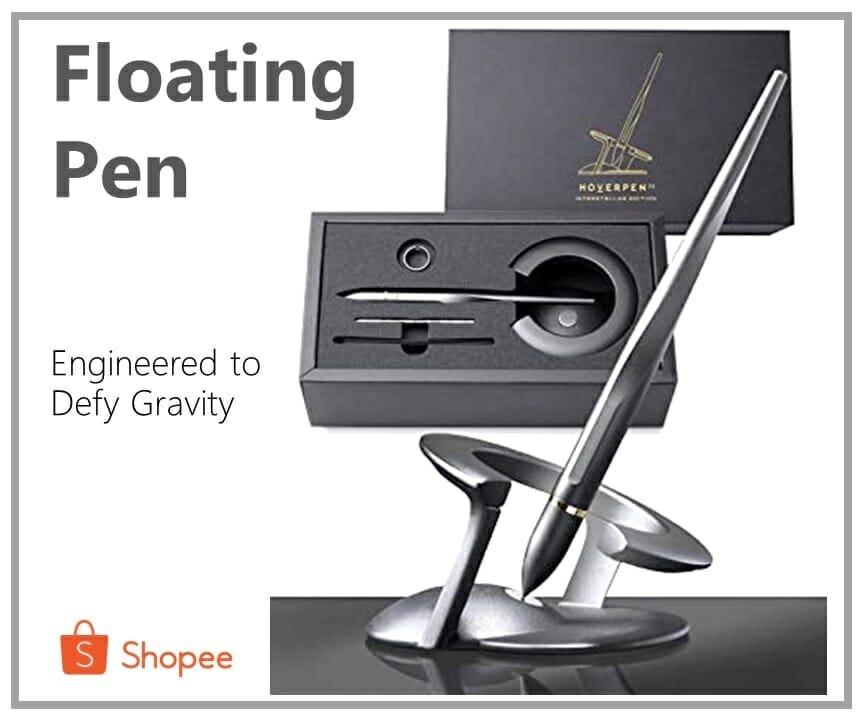In this year’s IEE IMS exhibit, researchers from Rice University and the Texas Heart Institute have collaborated to make something awesome and lifesaving. A wireless, battery-less pacemaker that can be directly implanted into a patient’s heart.

Source: Rice University
This pacemaker, though still a prototype, was designed by Aydin Babakhani, professor of electrical and computer engineering at Rice University. It works by gathering energy from radio frequency radiation, which is emitted by an external battery pack. This setup makes it completely wireless, allowing the transmitter to give power to the pacemaker a few centimeters away.

Source: Rice University
Traditional pacemakers typically utilize electric signals to keep the heart beating regularly. However, they aren’t implanted directly into the patient’s heart. They’re placed somewhere away from it, and when the time comes to change their batteries, minor surgery is performed.
The problem with this setup arise from the fact that these pacemakers have lead components. These can lead to certain complications, such as bleeding and infection. Newer pacemakers are completely free of lead. But that doesn’t mean it’s free of problems either. Certain factors of the setup limit them to control only a single heart chamber. Hence, they’re unable to provide dual-chamber and biventricular pacing, which can be really important for some patients.
With this batteryless and lead-less pacemaker though, all these problems are eliminated. These microchips can be implanted directly onto the heart at multiple places, inside and out of it. This provides the option of providing electrical signals to more than one chamber of the heart, which can be a literal lifesaver.
Babakhani had worked together with Dr. Mehdi Razavi to create this pacemaker. Dr. Razavi is the director of clinical arrhythmia research and innovation at THI. “This technology brings into sharp focus the remarkable possibility of achieving the ‘Triple Crown’ of treatment of both the most common and most lethal cardiac arrhythmias: external powering, wireless pacing and—far and away most importantly—cardiac defibrillation that is not only painless but is actually imperceptible to the patient,” he said.

Source: Rice University
The pacemaker itself is just a small, 4mm wide chip. It comes in complete with a receiving antenna, an AC-to-DC rectifier, a power management unit, and of course, a pacing signal. There’s also a capacitor and a switch on the tiny, dime-sized circuit board of it. The pacemaker receives power in the form of microwaves in the 8-10GHZ frequency spectrum.
The frequency of the signals created can also be adjusted by simply increasing or decreasing the power emitted by the receiving antenna. That power is then stored in the pacemaker until it reaches a certain threshold. When it does, it finally releases those electric signals to keep the heart pumping in one or two chambers of the heart.
The prototype was initially tested on a pig, and they could tune it to specifically reach any rate between 100 to 172 beats per minutes.
This new creation has prompted the Texas medical center and the University of California Sand Diego to collaborate with them. This’ll help speed up the product’s development, and soon, this new pacemaker could be available for human use.
Article Sources:













